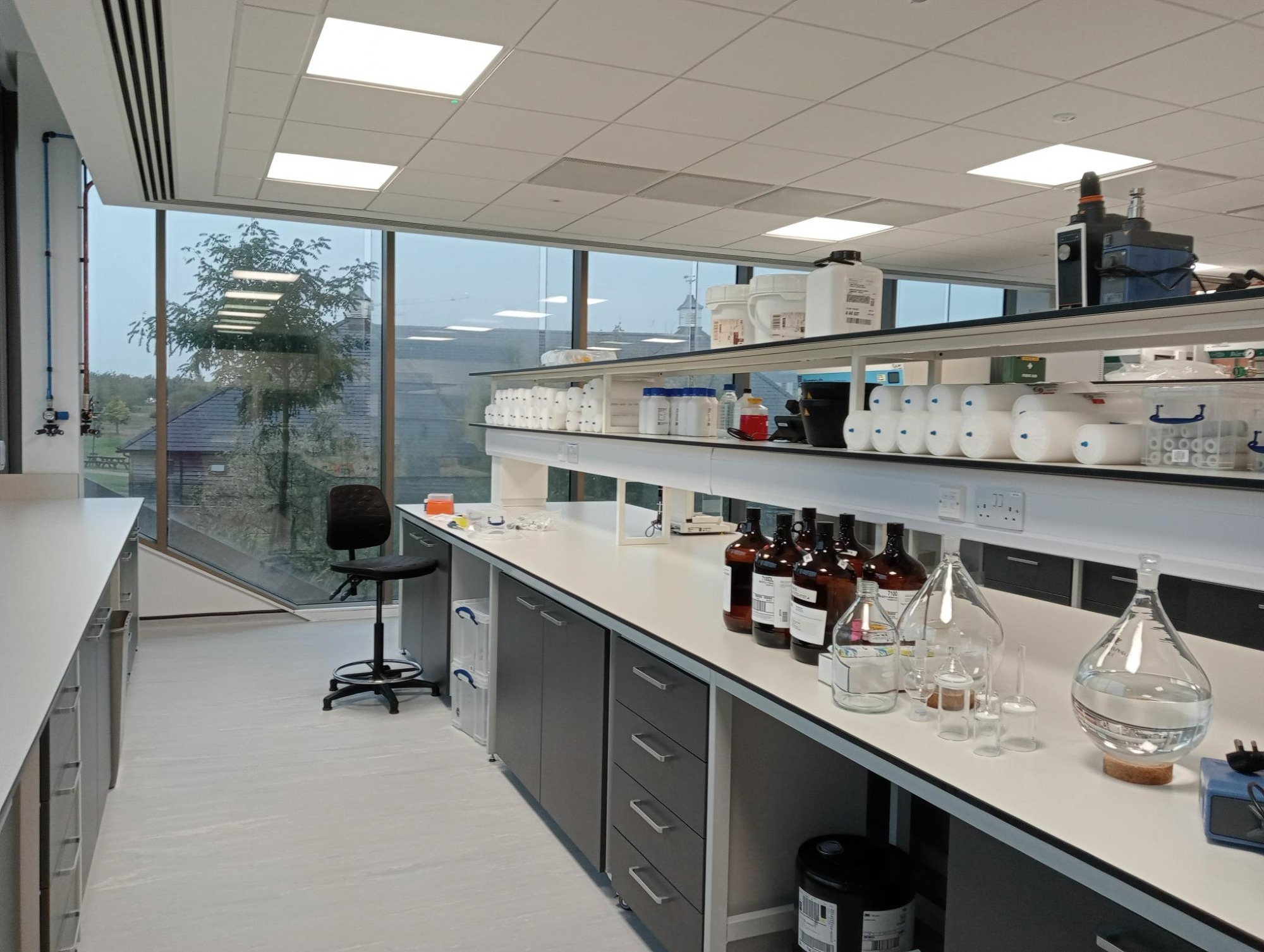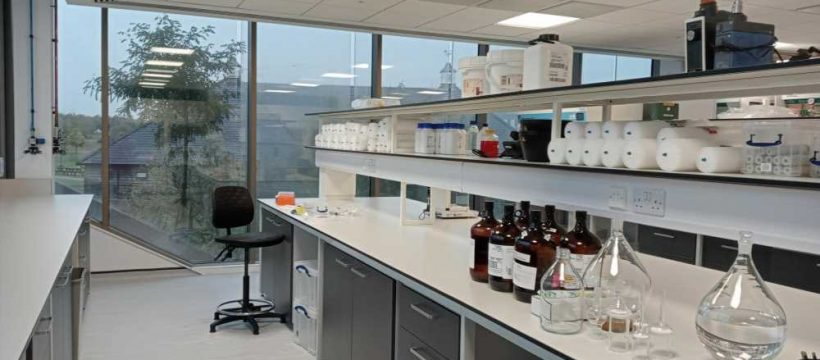 insights from industryRob TreanorVice President of OperationsSphere Fluidics
insights from industryRob TreanorVice President of OperationsSphere Fluidics In this interview, Rob Treanor, the Vice President of Operations at Sphere Fluidics, sits down for an insightful conversation detailing the completion of Sphere Fluidics' new state-of-the-art facilities and the strategic decisions behind their office move and rebranding.
Please could you introduce yourself and your role at Sphere Fluidics?
My name is Rob Treanor. I'm Vice President of Operations, which means I look after manufacturing supply chain quality and facilities.
Congratulations on the completion of Sphere Fluidics' new state-of-the-art facilities. Can you tell us about the significance of this expansion and how it aligns with the company's long-term goals?
For the first time in a decade, our whole team is under one roof. We've been spread over three or more sites over the past few years. We've known for some time that we've got world-class technology and fantastic people, and now we're able to back that up with the kind of infrastructure.

Image Credit: Sphere Fluidics
The recent office move and rebranding were significant milestones for Sphere Fluidics. Can you share more about the strategic reasons behind these decisions and their impact on the company's operations and brand image?
The company has grown rapidly over the last 18 months, and we needed more space. We wanted to enhance the resources and capabilities that the team had, allowing the business to unlock its true potential. The rebrand reflects our maturity as a business and our understanding of who our customers are and how to keep them happy.
The main drive for the rebrand is the fact that the business has just matured. We're ten years old now. Previously, we were a startup. We were trying to figure out where our markets were and what we needed to do to be successful. Now, we find ourselves in a position where we are an established business. We've got aspirations to continue growing globally.
Granta Park is known for its world-class life-science research environment. How do you envision this new facility contributing to Sphere Fluidics' innovation and research capabilities?
Granta Park was a natural choice for us, and like our new neighbors, our technology and products are mature. In this facility, we're building our pipeline of next-generation products and bringing them to market over the coming months.
With the completion of the second phase of construction, the facility has expanded significantly. What specific features or capabilities can we expect from this new space, and how will it enhance Sphere Fluidics' capabilities?
We have dedicated lab spaces for novel techniques such as microfabrication and mass spectrometry, best-in-class QC labs, and flexible working spaces for collaboration, all of which allow us to do more than before.
Can you highlight some key technologies or equipment in the new facilities that will enable Sphere Fluidics to continue pushing the boundaries of life science research and biotechnology?
Our new facility has multiple labs optimized for the work we do, including a microfluidic biochip fabrication lab, mass spectrometry lab, microbiology lab, and cell culture lab. Our work is highly multidisciplinary, and bringing all these labs close together helps us work more efficiently and drives innovation through collaboration.
The customer demonstration lab is an interesting addition to the new facility. How do you see it benefiting both Sphere Fluidics and your customers, and can you share any specific plans for its utilization?
The demonstration lab serves multiple purposes: introducing potential customers to our technology, training our staff, and connecting with our field-based teams and distributors, ultimately increasing the efficiency of our servicing.
In the context of the broader biotech and life science landscape, what do you believe sets Sphere Fluidics apart from other companies in terms of its vision, technology, and impact on the industry?
Our technology is coming of age, and we find ourselves serving markets that are experiencing rapid growth. Our Cyto-Mine® platform can screen up to 40 million cells per day, isolating and dispensing rare or valuable cells ready for customers' downstream workflows. That kind of throughput is unique, and it's proving to be extremely valuable in terms of a breakthrough.
Can you discuss any exciting projects or research areas that Sphere Fluidics is currently involved in or planning to pursue in the near future?
We have exciting features planned, such as a new four-laser Cyto-Mine® system, achieving FDA CFR 21 part 11 compliance for the Cyto-Mine® software, and adding new software features and assay kits. The technology is evolving, making it an exciting time to be at Sphere Fluidics.
Where can readers find more information?
- To learn more, visit https://spherefluidics.com/about-us/
- For any queries, contact [email protected]
About Rob Treanor
Rob Treanor is Vice President of Operations at Sphere Fluidics, where he oversees Manufacturing, Supply Chain, Quality and Facilities. Rob has worked in Life Science for more than ten years, previously working for Abcam PLC and later Axol Bioscien ce Ltd, where he helped open new global offices in the US, China and Australia. Previously, he was a Captain in the British Army where he commanded parachute trained soldiers on operations.
ce Ltd, where he helped open new global offices in the US, China and Australia. Previously, he was a Captain in the British Army where he commanded parachute trained soldiers on operations.
Sponsored Content Policy: News-Medical.net publishes articles and related content that may be derived from sources where we have existing commercial relationships, provided such content adds value to the core editorial ethos of News-Medical.Net which is to educate and inform site visitors interested in medical research, science, medical devices and treatments.
